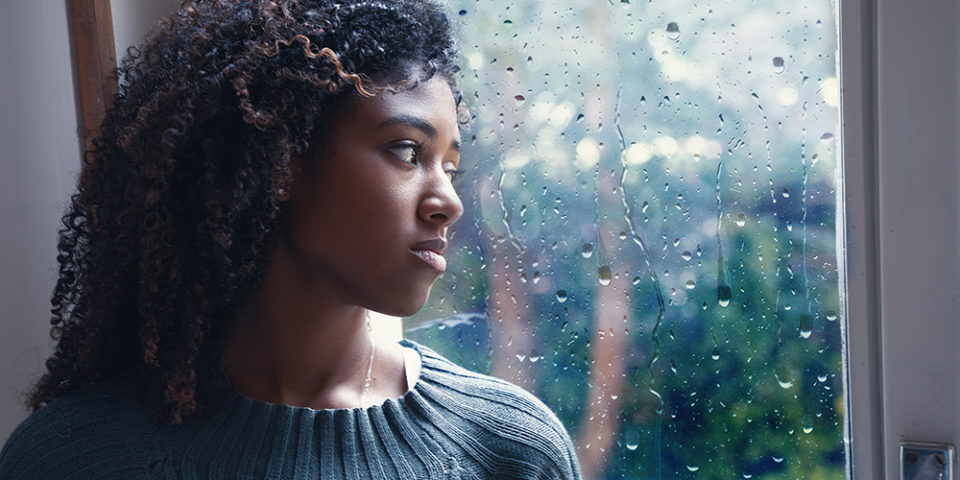Do you get the winter blues?
If you feel sad during the winter months and have no idea why, you might be experiencing seasonal affective disorder, also known as SAD. Sleep specialist James Hungerford, MD, explained more about this disorder and how you can prevent it.
What is seasonal affective disorder?
Seasonal affective disorder is very closely related to depression. It usually impacts 0.5 to 3% of the general population throughout the winter months when daylight hours are shorter. SAD is more common among those living farther north, and it is diagnosed more often in women.
“In people who have been diagnosed with a major depressive disorder, the number of people affected is about 10–20%,” Dr. Hungerford said. “It can affect about 25% of people who have bipolar disorder.”
According to the National Institute of Mental Health, symptoms can include:
- Losing interest in activities you once enjoyed
- Social withdrawal (feeling like “hibernating”)
- Overeating and weight gain
- Trouble sleeping or oversleeping
- Feeling sluggish or agitated
- Having low energy
- Feeling hopeless or worthless
- Having difficulty concentrating
- Having frequent thoughts of death or suicide
Why does sunlight exposure impact our health?
“Full spectrum light, or sunlight, affects our serotonin levels,” Dr. Hungerford said. Serotonin and melatonin are hormones that help maintain the body’s daily sleep-wake rhythm.
“There’s a very close relationship between how we feel – our mood – and how well we sleep. If we’re not getting enough sleep, we’re not going to feel as good. If we’re not feeling good, we’re not going to sleep as well.”
Can SAD be prevented?
Dr. Hungerford offered some ways you can reduce the effects of SAD.
Go outside. It helps to take a 10–15 minute break during the day to go outside. Getting some sunlight exposure, especially between 10 a.m. and 2 p.m., will allow you to get peak light in the winter months. This is going to be helpful in boosting your serotonin levels so you feel better.
Be active. Get at least 30 minutes of exercise three days a week to raise your heart rate above 100. If you can time it around your lunch break, you’re going to get the benefit of sun exposure plus physical activity. Both of those will improve your serotonin levels, which will naturally break down into melatonin and help you sleep better that night. You’ll feel better the next day and, overall, it helps your health.
Schedule time with family and friends. Be intentional in the way you schedule your time. Interact with family and friends, even if it’s dark outside. Make sure you’re still gathering on weeknights for family meals. On weekends, get outside and enjoy the beautiful state that we live in.
If you’ve had SAD before, seek help. If you’ve had symptoms before and you’ve not sought mental health professional help, it’s worth getting a checkup, even if it’s during the summer. Getting engaged with your medical provider to talk about tips and re-evaluate your habits will help you optimize your well-being. If you think you may have a mental health disorder, you need to get that checked out because seasonal affective disorder is more pronounced in that population.
Find a doctor
Whether you’re looking for a primary care physician or need to see a specialist, we’re here to help with experienced, compassionate care near you.
Find a Doctor

